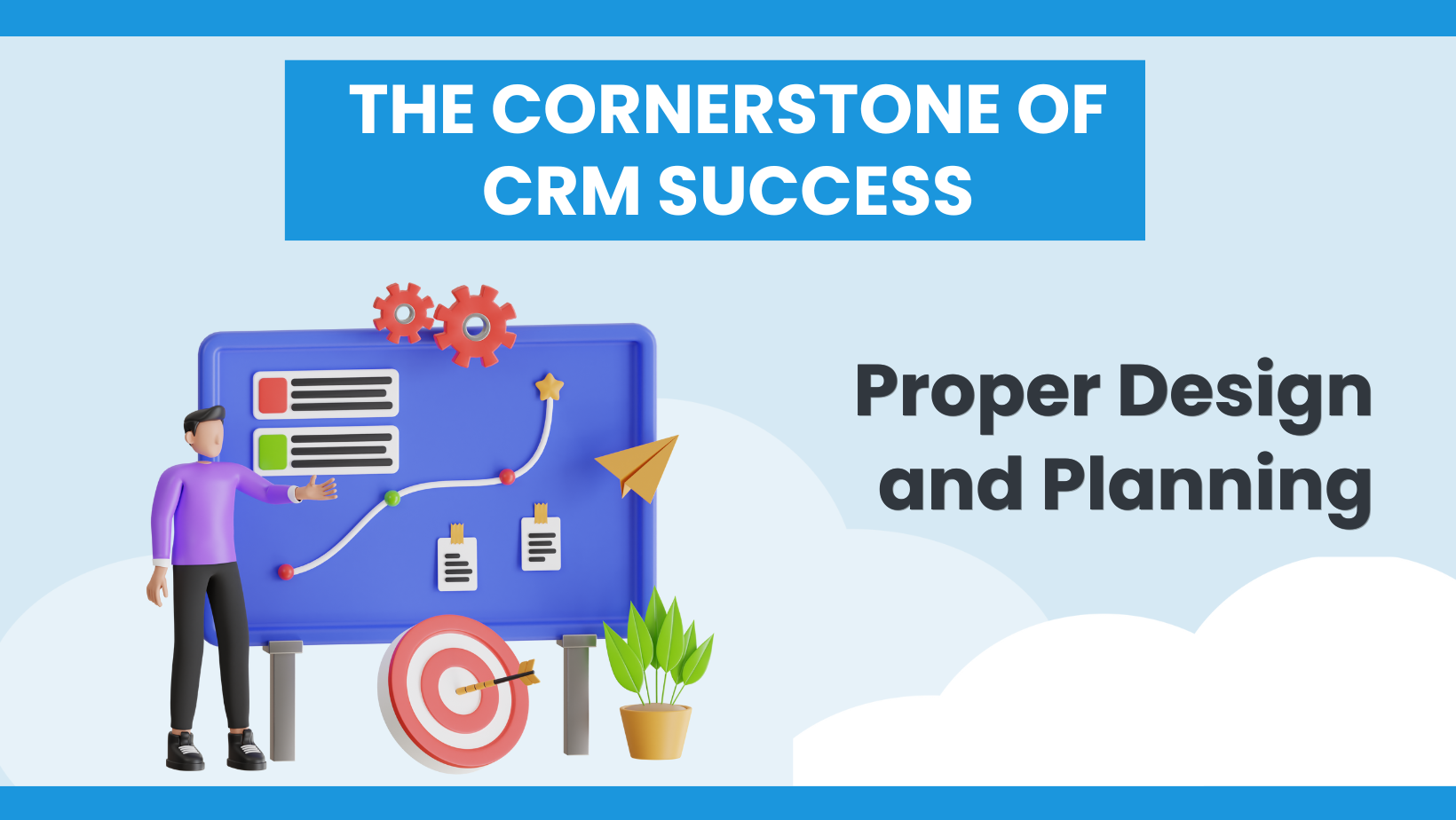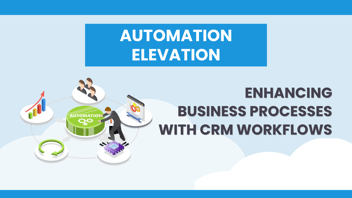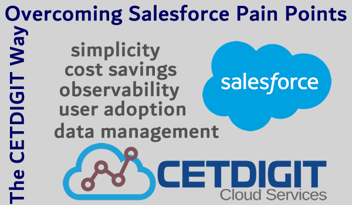In today's competitive business landscape, Customer Relationship Management (CRM) systems have emerged as crucial tools for organizations of all sizes. They help streamline operations, provide invaluable insights into customer behavior, and drive revenue growth. However, merely implementing a CRM system doesn't guarantee success. The foundation of a successful CRM lies in meticulous design and strategic planning. Let's delve into why proper design and planning are so vital for CRM success and how businesses can get it right.
Understanding the CRM Landscape
At its core, CRM is not just a tool or software; it's a strategy that focuses on improving customer relationships, enhancing user experience, and driving sales. It's a combination of processes, people, and technology. And just like constructing a building, the blueprint (design and planning) determines the sturdiness, functionality, and longevity of the final structure.
Why Design and Planning Matter
1. Aligning with Business Goals:
Without clear objectives, a CRM system can quickly become an expensive data repository with no real value. Proper design ensures the system aligns with the company's short-term and long-term goals.
2. User Adoption:
One of the significant challenges faced by organizations post-CRM implementation is low user adoption. A system designed keeping the end-users in mind, with intuitive interfaces and functionalities, ensures that the transition is smooth and that the team finds value in using it.
3. Data Integrity and Management:
Poorly designed CRM systems often lead to data duplication, inconsistency, and inaccuracy. Strategic planning ensures data integrity, paving the way for reliable analytics and insights.
4. Scalability:
As businesses grow, their needs evolve. A well-planned CRM system can seamlessly scale, accommodating growing customer databases, integrations, and functionalities.
Crafting the Perfect CRM Design & Strategy
1. Assessment & Requirement Gathering:
Begin by understanding the organization's needs, challenges, and goals. This phase should involve stakeholders from different departments, ensuring a comprehensive view.
2. Define Processes & Workflows:
A key aspect of CRM design is defining clear processes and workflows. This includes mapping out customer journeys, sales funnels, and communication touchpoints.
3. User-Centric Design:
Remember, your team will be the primary users of the system. Design the CRM with user-friendly interfaces, dashboards, and functionalities, keeping their daily tasks and challenges in mind.
4. Data Strategy:
Outline how data will be captured, stored, and accessed. This includes defining data entry points, storage architecture, and retrieval processes.
5. Integration with Existing Systems:
Most organizations already have some software in place - be it for marketing, sales, or operations. The CRM should integrate seamlessly with these systems, ensuring uninterrupted data flow.
6. Training & Support:
Once the CRM system is up and running, it's essential to provide adequate training to the team and ensure continuous support.
7. Continuous Review & Optimization:
The business ecosystem is dynamic. Regularly review the CRM's effectiveness, gather feedback from users, and make necessary tweaks.
Conclusion
A CRM system, when properly designed and strategically planned, can transform the way an organization operates, leading to increased customer satisfaction, streamlined operations, and boosted revenue. However, it requires a thoughtful approach, keeping the business's unique needs and challenges in focus.
At CETDIGIT, we believe that CRM's success is an art and science blend. It's about leveraging technology while understanding human behaviors and business ecosystems. Our experience in HubSpot and Salesforce integration and in-depth knowledge of CRM design and planning positions us as the go-to partner for businesses aiming for CRM success. Reach out, and let's co-create a CRM strategy that propels your business forward.
The Cornerstone of CRM Success: Proper Design and Planning

Popular Post
- Nostalgia Marketing’s Power with Millennials & Gen Z
- SaaS Founder's Bible: The Rise, Fall, and Future of SaaS (2020-2025)- Part 1: Navigating Market Shifts
- Sales and Sales Development in 2024: Why AI is a Must-Have for Growth
- CETDIGIT's Innovative Approach to Salesforce & HubSpot CRM Implementation
- What is Salesforce CRM?
Subscribe
Similar Blogs

Automation Elevation: Enhancing Business Processes with CRM Workflows
As the business world becomes more intricate and customers demand streamlined experiences,...
READ MORE
Overcoming Salesforce Pain Points: The CETDIGIT Way
How to overcome the challenges and get the most out of Salesforce
READ MORE.jpg?width=352&name=Cetdigit%20Methodology%20(1).jpg)
CETDIGIT's Innovative Approach to Salesforce & HubSpot CRM Implementation
Navigating the complexities of CRM adoption, particularly with powerhouse platforms like Salesforce...
READ MORE
Leave a Comment